When it comes to container shipping, choosing the right type of container can significantly impact your logistics efficiency and costs. You’ve likely come across the terms SOC (Shipper-Owned Container) and COC (Carrier-Owned Container) while planning shipments. These two container systems are essential in global trade, but they serve different purposes and come with distinct advantages. SOC containers offer flexibility and cost savings for specific shipping needs, while COC containers provide convenience and a seamless shipping experience.
Understanding the difference between the two is crucial for making informed decisions about your shipments, managing charges effectively, and optimizing operations. In this article, we’ll break down the key differences between SOC and COC containers, their charges, and practical use cases to help you navigate your logistics strategy with confidence.
Let’s get started!
What is a Shipper-Owned Container (SOC)?
A Shipper-Owned Container (SOC) is a shipping container that you, as the shipper, own or lease independently. Instead of relying on the carrier to provide a container, you bring your own. This gives you more control over the container’s availability and can help avoid issues like demurrage charges (fees for keeping a container too long). SOCs are often used when you’re shipping to areas with container shortages or need flexibility in return locations.
What is a Carrier-Owned Container (COC)?
A Carrier-Owned Container (COC) is owned by the shipping line. When you book your shipment, the carrier provides the container as part of the service. It’s convenient because the carrier takes care of container management, but it comes with limitations, like strict timelines for pick-up and return, which can lead to extra charges if not followed.
Differences Between SOC and COC Containers
When deciding between SOC (Shipper-Owned Container) and COC (Carrier-Owned Container), understanding their differences is key to optimizing your shipping strategy.
Here’s a simple comparison to help you choose the right option for your logistics needs:
| Aspect | Shipper-Owned Container (SOC) | Carrier-Owned Container (COC) |
| Ownership | Owned or leased by the shipper. | Owned and managed by the shipping line. |
| Flexibility | High flexibility in choosing container type and return location. | Limited flexibility; bound by carrier’s policies for container usage. |
| Charges | Avoids demurrage and detention fees if returned on time. | May incur demurrage and detention fees if timelines are exceeded. |
| Availability | Suitable for regions with container shortages or unique shipping needs. | Readily available in standard sizes through the carrier. |
| Management | Shipper is responsible for container handling and maintenance. | Carrier manages container handling and maintenance. |
| Convenience | Requires more planning and coordination from the shipper. | Easier to use; all container logistics are handled by the carrier. |
| Cost Efficiency | Cost-effective for specific routes or long-term use. | May be more economical for shorter or simpler shipping routes. |
| Use Cases | Ideal for specialized shipments, long-haul, or remote destinations. | Best for standard shipping needs and straightforward trade routes. |
Intoglo’s Seamless Solutions for Efficient Container Shipping
At Intoglo, we provide a comprehensive suite of services designed to ensure smooth, efficient, and cost-effective logistics from India to the USA. We guarantee to handle every aspect of the process, from customs clearance to final delivery. Our direct relationships with shipping lines, truckers, and customs brokers eliminate unnecessary delays and extra charges often caused by intermediaries.
Some of the key services we offer include:
- Door-to-door cross-border logistics, ensuring hassle-free transport from India to the USA.
- Instant rates for FCL shipping on the India-to-USA trade lane.
- End-to-end shipment visibility through Glotrack, providing real-time tracking and WhatsApp updates.
- Extensive warehouse network with over 50 locations across the USA for efficient storage and handling.
- Customs clearance with in-house compliance and pre-screening to ensure smooth and fast processing.
- AI-Based HTS code scanner for quick and accurate HS code identification.
- Global team support across India and the USA for effective coordination and communication.
Advantages and Disadvantages of SOC Containers
Shipper-Owned Containers (SOCs) offer a unique set of benefits and challenges in shipping. While they provide flexibility and cost control, they also demand greater responsibility from the shipper. Here’s a closer look at the key advantages and disadvantages to help you decide if SOCs align with your shipping needs:
Advantages of SOC Containers
- Cost Savings on Fees: Avoid demurrage and detention charges by managing the container’s return schedule yourself.
- Flexibility: Choose your container type and decide on return locations without being restricted by the carrier’s policies.
- Better Availability: Useful in areas with container shortages or high demand for carrier-owned containers.
- Control Over Maintenance: You maintain the container, ensuring it meets your specific requirements.
- Ideal for Specialized Cargo: Suitable for non-standard shipments or routes requiring unique container specifications.
Disadvantages of SOC Containers
- Higher Initial Investment: Requires purchasing or leasing containers upfront, which can be costly.
- Management Responsibility: You are responsible for handling and maintaining the container throughout the shipping process.
- Complex Logistics: Arranging transport, loading, and unloading can require more effort and coordination.
- Limited Support: Unlike COC, carriers do not assist with container-related issues or replacements.
- Empty Container Return Costs: Returning empty containers to far-off depots can add logistical challenges and expenses.
Also Read: Latest Price of Used Cargo and Shipping Containers
Advantages and Disadvantages of COC Containers
Carrier-Owned Containers (COCs) are the go-to option for most shippers due to their convenience and ease of use. However, they come with certain restrictions and costs that may not suit every shipping scenario. Below is a detailed breakdown of the key advantages and disadvantages of using COCs to help you make an informed decision:
Advantages of COC Containers
- Convenience: The carrier takes full responsibility for providing and managing the container, saving you time and effort. You don’t need to worry about sourcing or maintaining containers, making it ideal for hassle-free shipping.
- Readily Available: COCs are generally available in standard sizes and types through shipping lines, ensuring you have quick access to containers when planning your shipment. This reliability is especially useful for high-volume trade routes.
- Lower Initial Costs: Since the carrier supplies the container, you avoid the upfront expense of purchasing or leasing one. This makes COCs a cost-effective choice for shippers with limited budgets or occasional shipping needs.
- Support from Carrier: Carriers handle all container-related issues, including maintenance and replacements, so you’re not burdened with repairs or unexpected problems during transit.
- Streamlined Process: Using COCs simplifies the logistics process, as the carrier oversees container movement, ensuring smooth operations and minimal coordination efforts for the shipper.
Disadvantages of COC Containers
- Demurrage and Detention Charges: Carriers impose strict timelines for container use, and exceeding these limits can result in hefty penalties. This can quickly escalate your shipping costs if delays occur.
- Limited Flexibility: COCs come with restrictions on return locations and container usage, leaving little room for customization based on your shipping requirements. This can be a drawback for non-standard or unique shipments.
- Potential Shortages: During peak seasons or in regions with high container demand, carriers may not have enough containers available, causing delays in your shipping schedule.
- Less Control: Shippers have no control over the condition or specifications of the container provided, which might not always suit the specific needs of your cargo.
- Higher Costs for Long-Term Use: If you rely heavily on COCs for frequent or long-term shipping, the recurring charges and penalties could make them less cost-effective compared to owning your containers.
To Buy or Not to Buy SOC Containers
Investing in Shipper-Owned Containers (SOCs) can be a strategic decision, especially in today’s shipping geography. With the ongoing container shortage affecting the industry in 2025, owning SOCs can help you bypass supply chain bottlenecks and ensure your shipments stay on schedule. By owning or leasing your containers, you gain greater control over container availability, allowing you to mitigate risks associated with delays caused by limited Carrier-Owned Containers (COCs).
SOC containers are particularly beneficial for businesses shipping to remote locations or regions with a high demand for containers. Additionally, avoiding demurrage and detention charges associated with COCs can lead to significant cost savings over time. For companies with frequent or long-term shipping needs, SOCs offer flexibility, operational efficiency, and long-term cost advantages.
Contact the experts to check container availability and more related information.
One-Way Leasing: A Cost-Effective Way to Use SOC Containers
Leasing Shipper-Owned Containers (SOCs) on a one-way basis is an excellent option for shippers looking to balance cost and flexibility. With one-way leasing, you don’t need to worry about the container’s return logistics—once it reaches its destination, the leasing company takes over. This makes it an ideal solution for shipping routes where container repositioning is expensive or impractical. It also allows you to lock in lower rates compared to relying on Carrier-Owned Containers (COCs), especially during container shortages.
Identifying Shipper-Owned Containers (SOC)
SOCs can be identified through their unique container numbers, which follow the international ISO 6346 standard. Each container number consists of:
- Owner Code (3 letters): Indicates the container’s owner. For SOCs, this would typically reflect the shipper or leasing company.
- Equipment Category (1 letter): Usually “U” for freight containers.
- Serial Number (6 digits): A unique identification number for the container.
- Check Digit (1 digit): A number used to verify the accuracy of the container code.
For example, a container with the number ABCU1234567 represents a container owned by a company with the owner code “ABC.”
Why Consider One-Way Leasing for SOCs?
One-way leasing not only eliminates the hassle of returning empty containers but also ensures access to containers during peak shipping periods or in regions with shortages. It’s a practical, budget-friendly way to secure your cargo’s timely delivery while avoiding demurrage and detention charges.
Also Read: Latest Price of Used Cargo and Shipping Containers
Conclusion
In summary, both Shipper-Owned Containers (SOCs) and Carrier-Owned Containers (COCs) offer unique advantages depending on your shipping needs. SOCs provide flexibility, cost savings, and control over container availability, making them ideal for specialized shipments or long-term use. On the other hand, COCs offer convenience, readily available containers, and less responsibility for maintenance, making them a great option for straightforward, short-term shipments.
When selecting the right container, consider your shipping frequency, routes, and cost tolerance. If you’re dealing with specific routes or frequent shipments, SOCs could provide more control and savings in the long run. However, for one-time or simpler shipments, COCs may be more convenient and cost-effective.
At Intoglo, we’re here to help you navigate these options and provide seamless shipping solutions tailored to your needs. Let us handle your logistics, from customs clearance to delivery, so you can focus on growing your business.
Reach out today for instant rates and end-to-end shipment visibility!


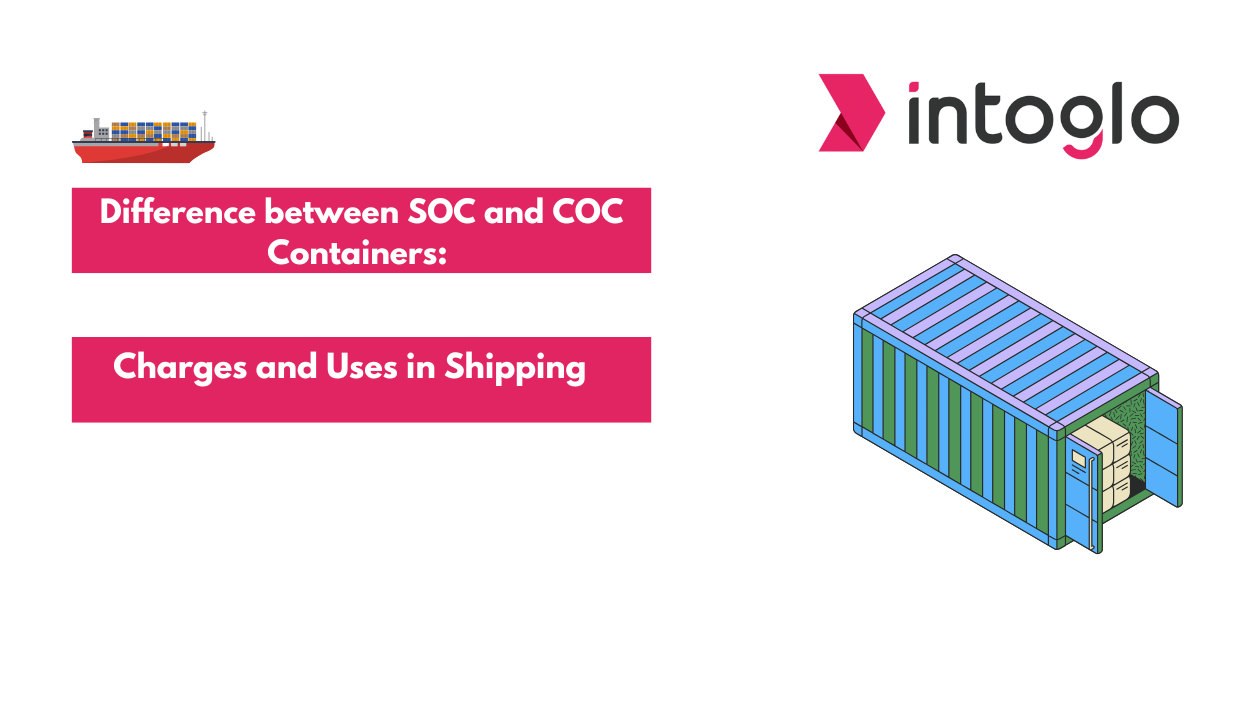
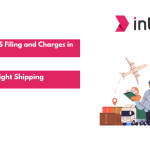
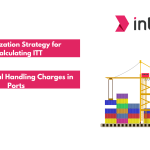
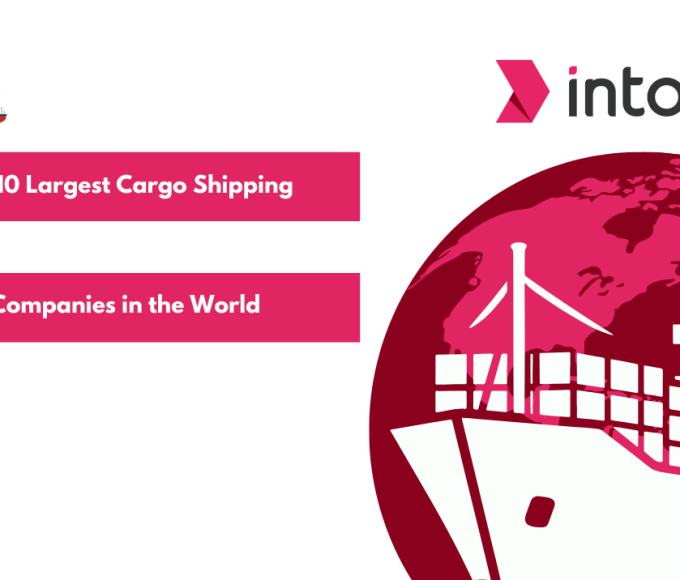
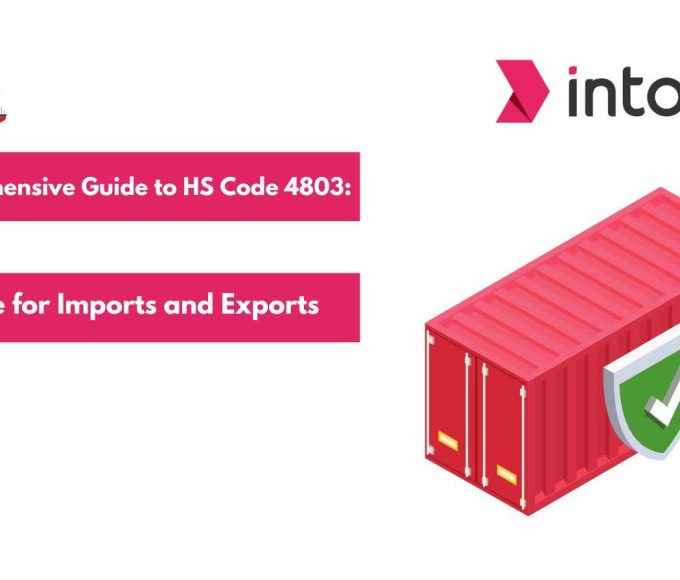
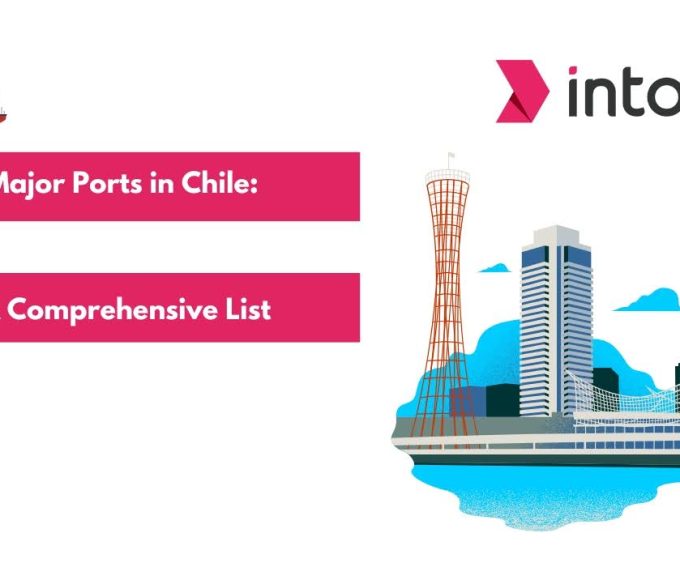
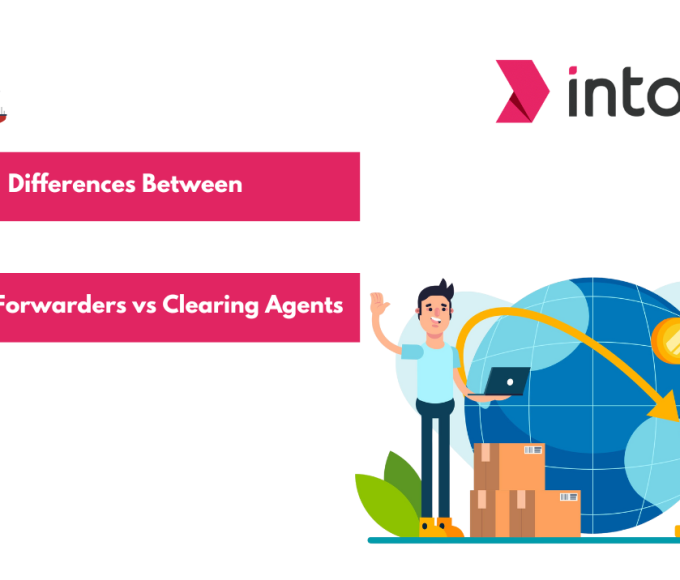
Leave a comment